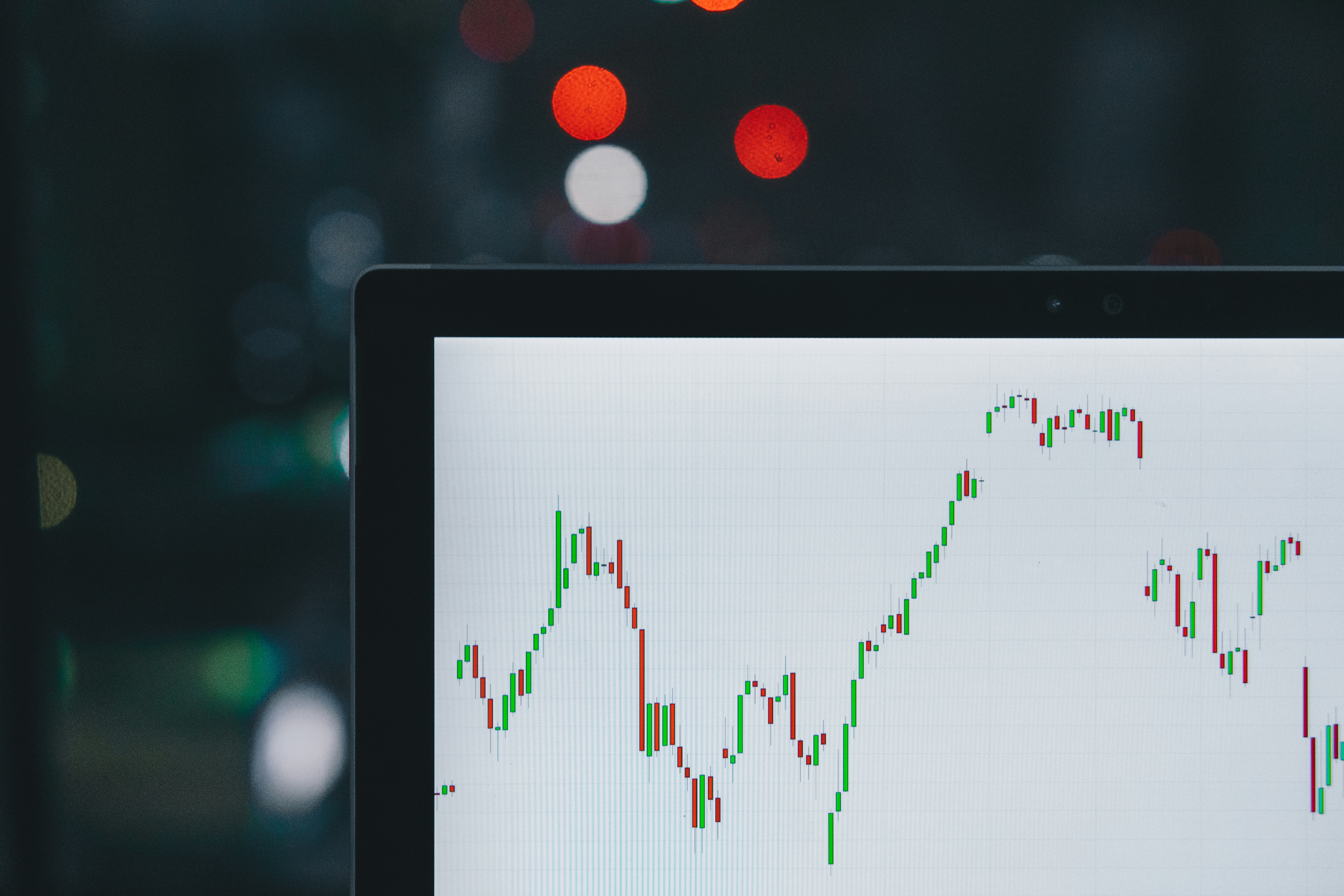Test- FTSE 100 Kicks Off August on a High as BP and Senior Lead Market Momentum
$11
10 Oct 2025, 13:13

Unsplash.com

On Thursday, Asian markets saw a decline, primarily due to losses in the technology sector after Nvidia, the market darling, released disappointing earnings. However, overall losses were somewhat mitigated by forecasts of lower interest rates.
Considering that NVIDIA's quarterly profits were nevertheless above forecasts, declines in the tech sector were likewise rather mild. It was observed that analysts were still optimistic about the company.
Wall Street gave lacklustre lead-ins to regional markets, while worries about Nvidia shook the tech industry, causing U.S. stock index futures to dip in Asian trade. Both the S&P 500 and the Dow Jones were recovering from declines from all-time highs.
The day's weakest performers were the tech-heavy Asian markets, with the Taiwan Weighted Index, Hong Kong's Hang Seng, and South Korea's KOSPI all dropping around 0.8%.
Japan's Nikkei 225 fell 0.2% and the TOPIX dropped 0.3% due to losses in the technology sector.
Chipmakers suffered the most from tech losses, particularly those that had a direct stake in Nvidia, which saw a decline in aftermarket trade of up to 8.5%.
Foxconn had a 1.6% decline, while Taiwan's TSMC dipped 2%.
Major Nvidia supplier and memory chip maker SK Hynix fell 6%, while larger competitor Samsung dropped 3%.
Moreover, broader technology equities dropped as worries about the so-called "AI trade" that had supported the industry for the previous year intensified in response to Nvidia's earnings.
Tech losses coincided with a larger move by investors away from the industry and into more economically sensitive equities as they anticipated lower interest rates in the months ahead.
The Federal Reserve's recent dovish remarks have solidified expectations for a rate decrease in September, which is encouraging for the stock market. This week, the Fed's favourite inflation indicator, the PCE price index, and U.S. gross domestic product data will be the main sources of economic indications.
(Sources: investing.com, reuters.com)